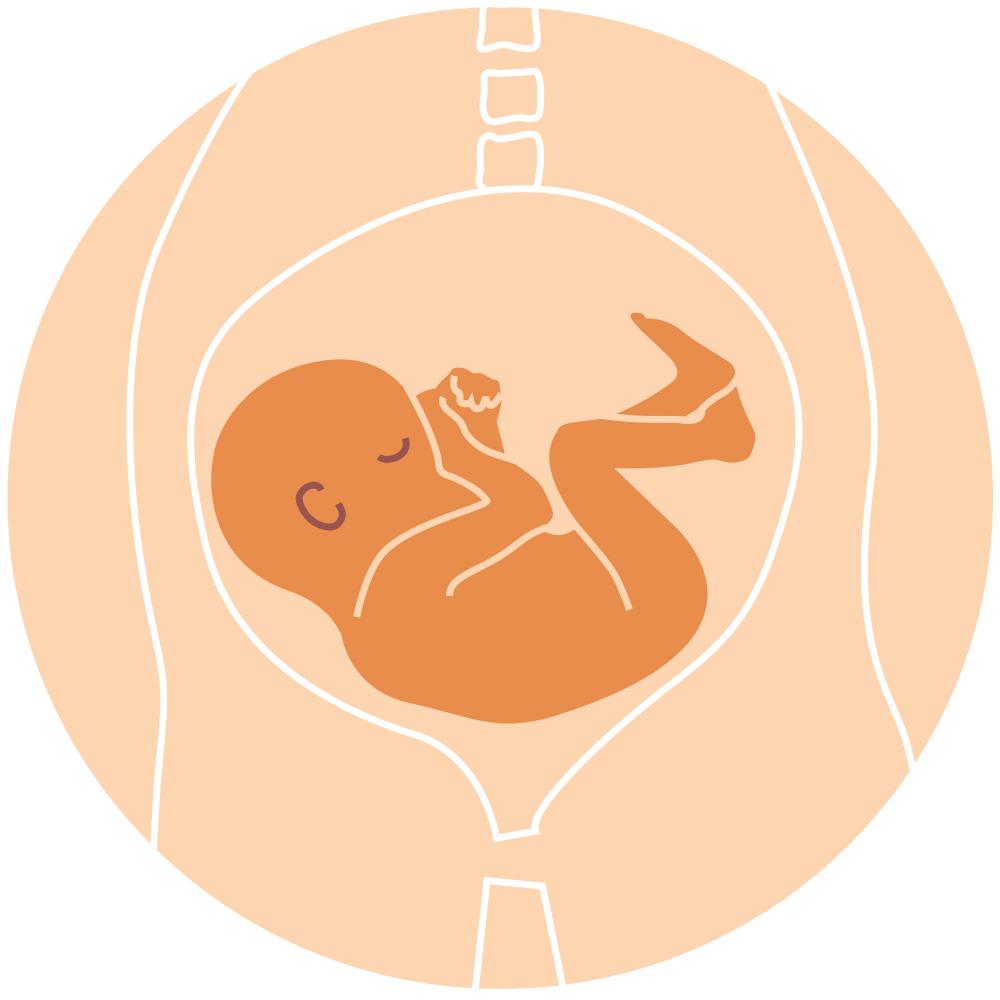Do you know which position is the best for the baby when preparing for birth?
Babies are prone to move in the womb as they grow. It’s a beautiful experience feeling those kicks and turns. However, as the baby’s due date approaches, the baby needs to start turning to face the particular direction that’s considered safe for delivery. We’re going to look at several positions that the baby might find themselves in and what can be done in each case to ensure the baby is in the correct birthing position.
Posterior
When the doctor says the baby is in a posterior position, what they mean is that the baby is facing downwards as they should,
but their back is parallel with the mother’s back, which can make delivery slower.
Fortunately, this can be resolved by getting the pregnant woman to regularly lean in the particular direction they wish the baby to roll into.
Transverse lie
When the doctor says the baby is in a transverse lie position, this means that the fetus is lying sideways or horizontally in the womb.
This baby position is normal in the first few weeks of pregnancy, right up till the 26th week. However, from week 29 going forwards, the baby’s head is expected to be facing downwards.
How often does a woman reach full term and the baby is still in a transverse lie position? It is estimated that at the time of delivery, 0.25% of births or one in every 400 fetuses are in the transverse lie position.
Breech
When the baby hasn’t turned and has their feet or buttocks in the baby position where their head should be, this can cause complications. Here are the breech variations your doctor may mention:
Complete breech
A fetus is described as being in a complete breech when their buttocks are pointing downward, with the legs crossed at the knees.
Frank breech
In this breech position, the buttocks are closer to the birth canal but the fetus’ legs are in a straight position, with the feet close to the head.
Footling breech
A footling breech occurs when one or both feet are facing downwards into the birth canal.
Can I Turn My Baby?
If the baby isn’t in the correct baby position in the womb, there are ways to help them turn. Here are a few methods:
- Every time you sit down, rock on your bottom, tilting your pelvis in a forward direction.
- Take time to regularly sit on an exercise ball or birth ball.
- Each time you sit down, ensure your hips are in an elevated position and higher than your knees.
- If you spend time sitting for long periods due to your job, get up regularly and move around.
- Anywhere you sit, ensure that your bottom is tilted forward. Use a cushion to help you.
- Go down on all fours each day for several minutes. It will help position the baby in the anterior position.
Need To Talk to Someone About Baby Positions?
Here at Joy of Life®, we’ve seen it all and been through it all, too. We’ve walked with lots of surrogates and their families. Our staff is uniquely suited to this task and you’ll meet nothing but a loving, warm and welcoming family that will talk to you about baby positions and more. Contact us today.









